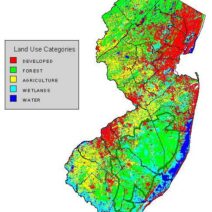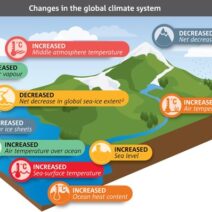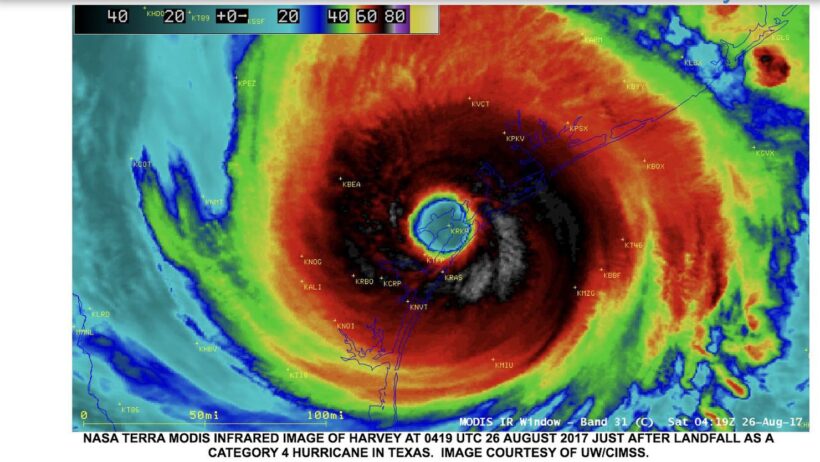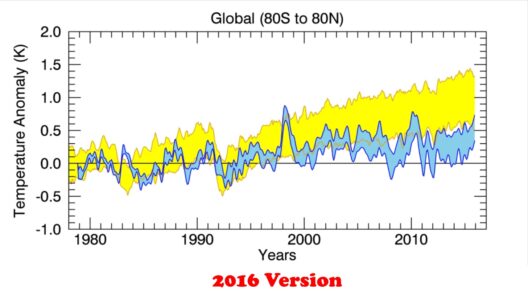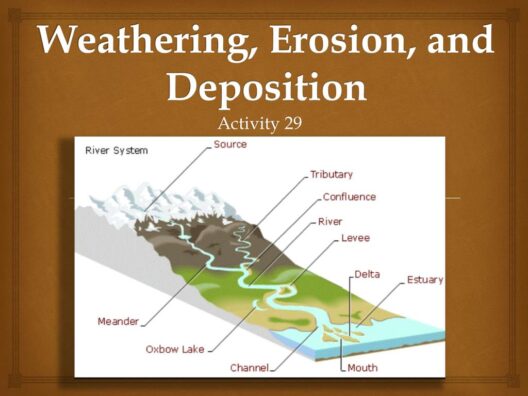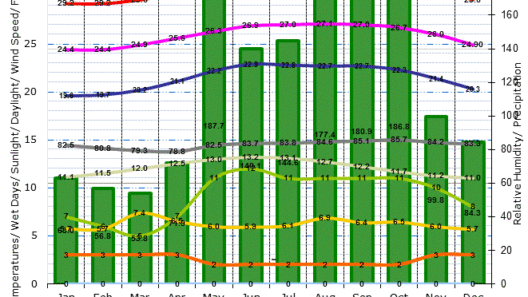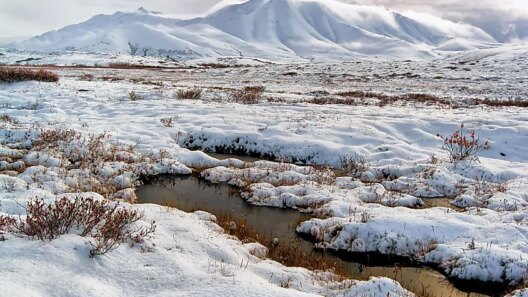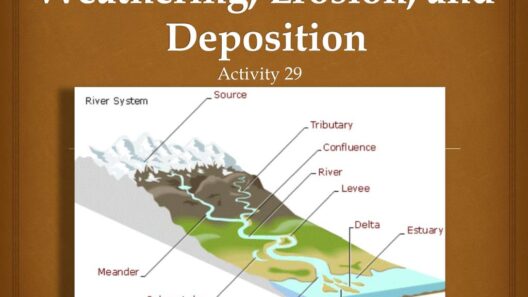As each hurricane season unfolds, an unsettling narrative re-emerges, echoing in the hearts of those living in vulnerable coastal regions. It is the ancient conflict between man and nature, where the scales appear to tip ominously as the planet warms. The question looms large: are hurricanes getting stronger due to climate change? This inquiry is not merely academic; it strikes at the core of human existence, safety, and sustainability, invoking visions of tempestuous skies and rising waters that encroach upon our very homes.
To comprehend the evolving nature of hurricanes, one must first appreciate the intricate dance between atmospheric conditions and oceanic temperatures. As the globe heats up, it serves as both a furnace and a malleable canvas, reshaping the very fabric of meteorological phenomena. Scientists articulate that warmer oceans provide the energy necessary for hurricanes to strengthen, akin to a wildfire fed by an abundance of dry brush. The ocean’s surface acts as a reservoir, storing heat; this heat fuels storm systems, allowing them to intensify as they gather momentum over warm waters.
But how precisely do these storms manifest their strength? Hurricanes derive their power from moist air rising through the atmosphere. It is a paradoxical cycle: as sea temperatures rise, the air above warms, leading to increased evaporation rates. More moisture in the air leads to more significant energy exchanges — increasing wind speeds and storm intensity. The swirling chaos transforms from mere inconvenience to a cataclysmic force, wreaking havoc on communities. This burgeoning ferocity of hurricanes presents a duality—while born from nature’s processes, they become amplified through the relentless toll of human activity on the environment.
The evidence supporting this burgeoning volatility is compelling. Studies illustrate a marked uptick in the rapid intensification of hurricanes in recent years. A tempest that might once have required days to escalate can now reach formidable levels within hours. This alarming trend is not merely a statistical anomaly; it symbolizes an existential threat. With projections estimating that the frequency and intensity of these storms will only increase, we now find ourselves in an era where the very climate that nurtured life is turning against us.
Moreover, the interplay between rising sea levels and storm surges cannot be overstated. As glaciers and polar ice caps succumb to ruthless warming, the ocean expands, encapsulating coastal cities in a paradox of beauty and hazard. In such scenarios, hurricanes manifest as harbingers of destruction—not merely through wind speeds but through the ferocious inundation of waters that sweep away homes, ecosystems, and livelihoods. Thus, hurricanes become not just a meteorological event but a poignant metaphor for a world spiraling into chaos.
Human life, with all its complexity, now dances precariously on this proverbial knife-edge. The people living in coastal areas are not merely statistics; they are communities woven from dreams, struggles, and histories. When storms strengthen, the stakes are elevated. Each hurricane that grows more intense is a reminder of the vulnerability of the human spirit against nature’s raw power. New Orleans still bears the scars of Hurricane Katrina, and Puerto Rico grapples with the catastrophic aftermath of Hurricane Maria. These are not solitary events; they reflect a larger pattern of suffering fueled by climate change, entrenching poverty and displacement for those least equipped to rebuild.
Critics of climate change effects may argue that hurricanes have always been a part of our planet’s narrative—a cyclical phenomenon as ancient as time itself. While it is true that hurricanes have existed long before contemporary climate concerns, the argument shifts dramatically when considering the alterations in their intensity and frequency. The very character of these storms is evolving, and ignoring this evolution is tantamount to living with one’s head buried in the sand, dismissing the first rumblings of a brewing storm.
It is critical to recognize that mitigation efforts must extend beyond mere observation of patterns. We are being called upon to respond proactively—through both individual action and collective policy. Transitioning to renewable energy sources, reducing carbon emissions, and fostering sustainable practices are essential steps to arrest the warming trend. Practical engagement with these environmental challenges is imperative, as complacency has never been an ally to humanity’s most profound threats.
Yet, amidst this tumult, there is a glimmer of hope. The past few decades have seen an unprecedented surge in awareness and activism surrounding climate change. Grassroots movements have arisen, serving as the clarion call for transformative action. Communities once on the brink of despair are now stepping into leadership roles, advocating for policies that not only protect their own futures but ensure the sustainability of the planet for generations to come. This communal spirit can no longer be sidelined; it is an integral part of the narrative we must champion.
In conclusion, the evidence is persuasive. Hurricanes are not merely natural occurrences; they are becoming increasingly potent manifestations of our changing climate. The juxtaposition of nature’s ferocity against human fragility bears striking relevance in a world where action is paramount. The time for indifference has passed—our response must be as robust as the storms themselves. The fate of our planet hangs in the balance, reminding us that the fight against climate change is not just an environmental issue; it is a human issue, demanding unwavering commitment and resolve.
